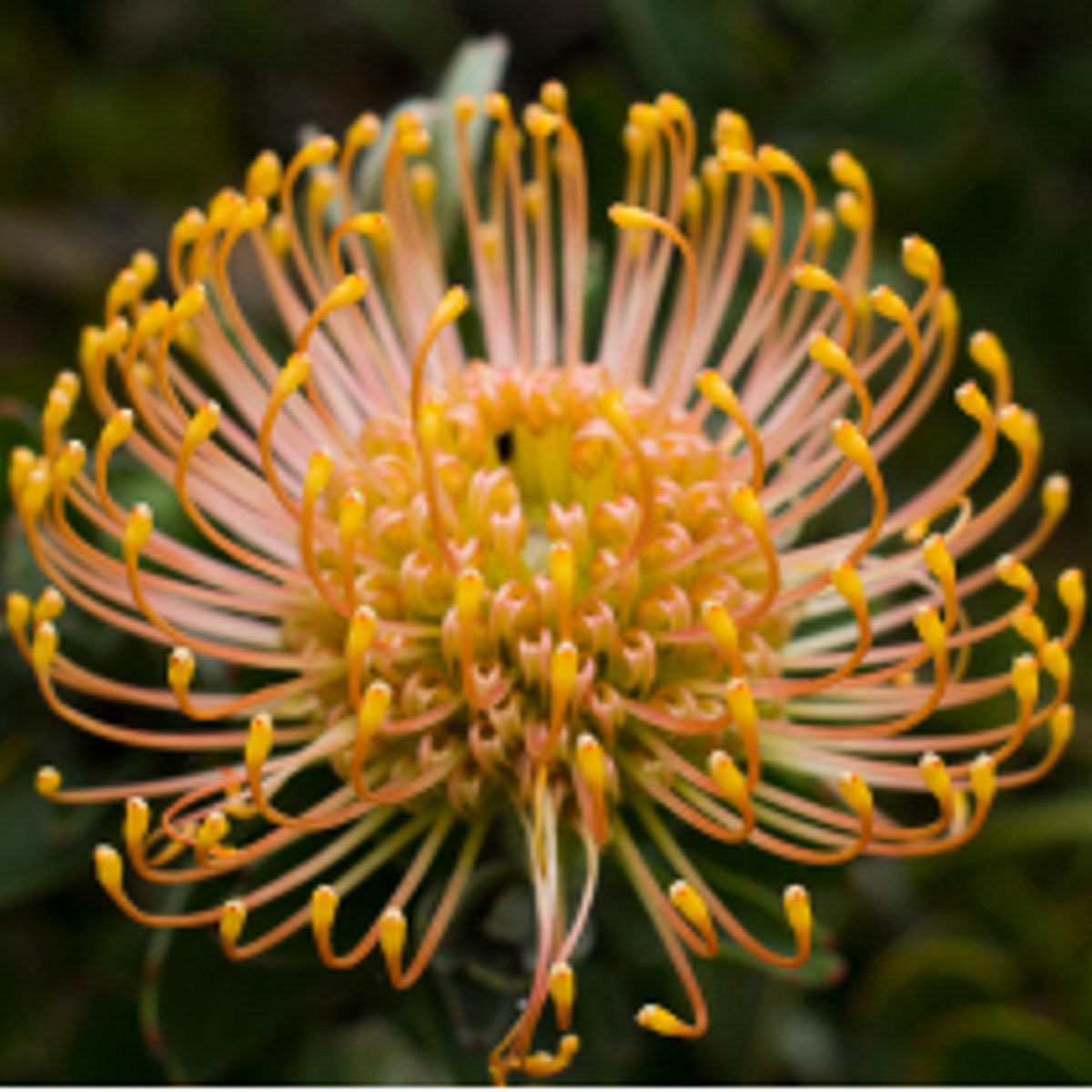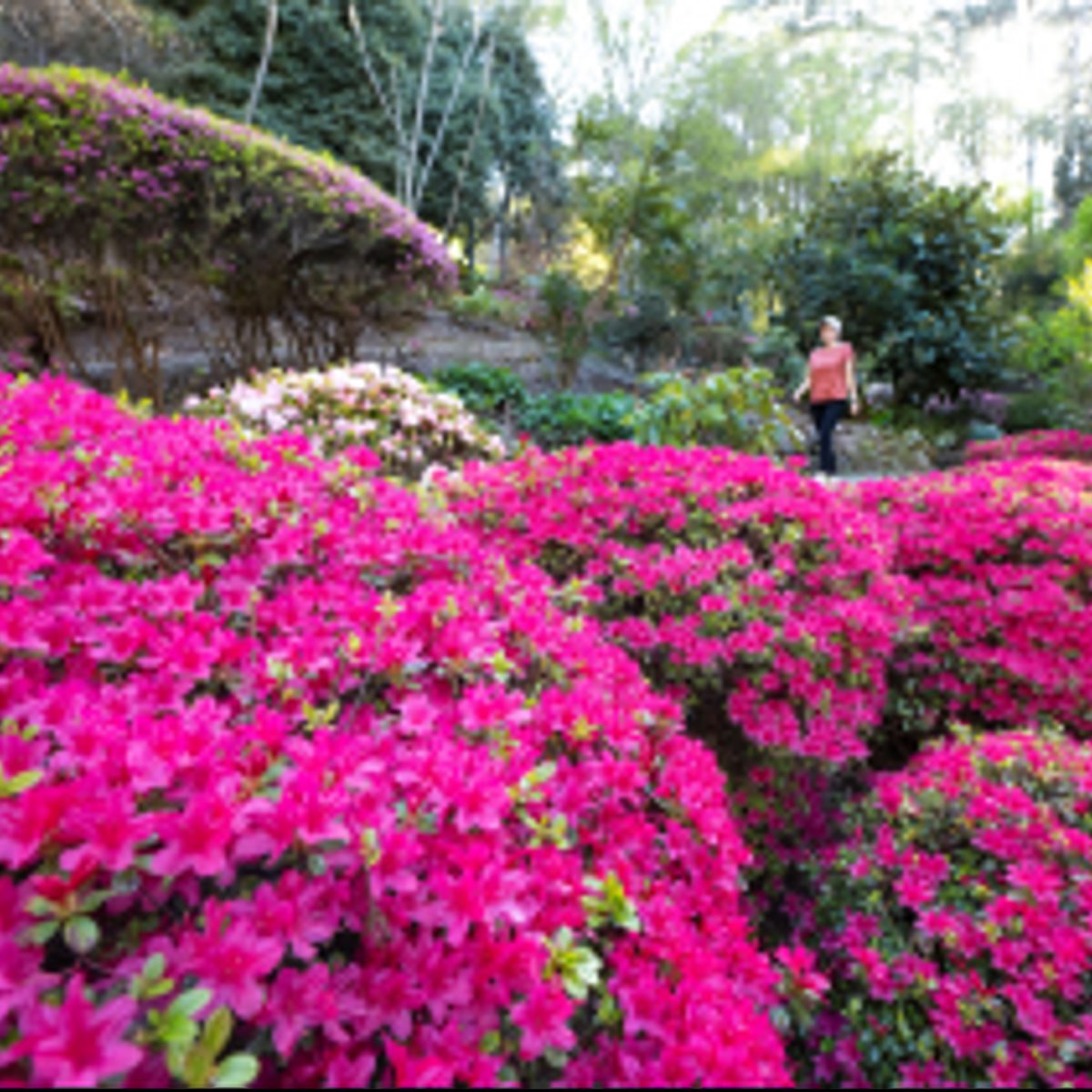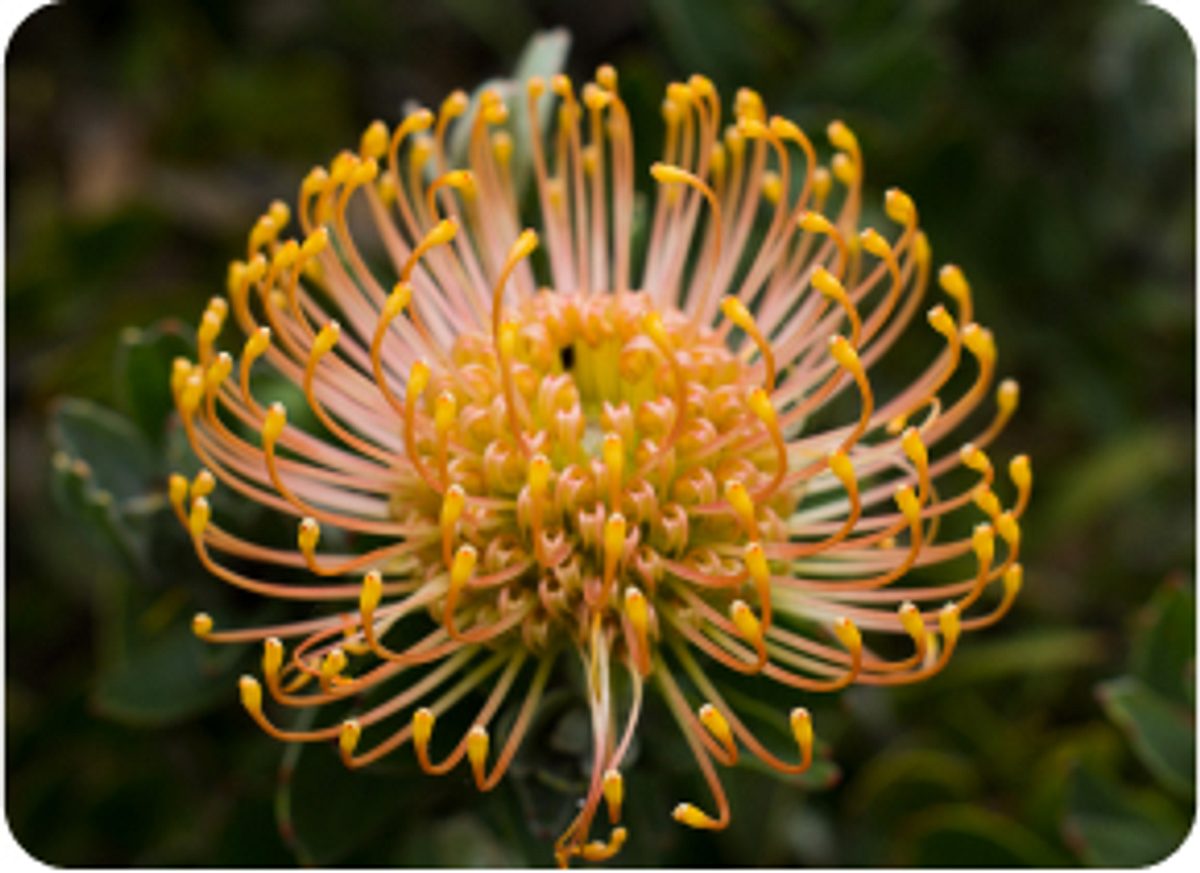



Wittunga was established as a private home by English-born estate agent and naturalist Edwin Ashby (1861-1941) in 1902, and was based on a formal English design. The property originally had extensive apple and pear orchards along with cattle, sheep and pigs.
Edwin Ashby passionate about raising public awareness of the beauty and importance of Australian flora. He regularly wrote and spoke publicly on the topic.
In the 1930s Edwin developed the Ashby System of watering. This system involves deep soaking plants every three-to-four weeks instead of the usual light surface watering. His experiments, south of the Maluka Beds, showed impressive results. The method has gone on to influence how current horticulturalists at Wittunga and around Australia care for our native vegetation, and was a forerunner to today’s sustainable watering practices.
Ashby was an avid collector of birds, butterflies and other insects, shells and plants. He published over 80 papers on birds, and named or discovered several new species. The Bird Garden and Butterfly Garden are great tributes to his passion.
Wittunga was bequeathed to the Botanic Gardens of South Australia by Edwin’s son, Keith, in 1965 and was opened to the public as a botanic garden in 1975. Since taking ownership, the Botanic Gardens of South Australia has significantly extended Wittunga to the beautiful botanic garden we see today.
The original Ashby family residence can be seen overlooking the Terrace Beds. It was built in 1902 and then rebuilt in 1934 after it was unfortunately gutted by a bushfire. It’s easy to imagine Edwin Ashby standing on his porch, overlooking the garden and planning his next project. The house and grounds are not open to the public.
Image: State Library of South Australia